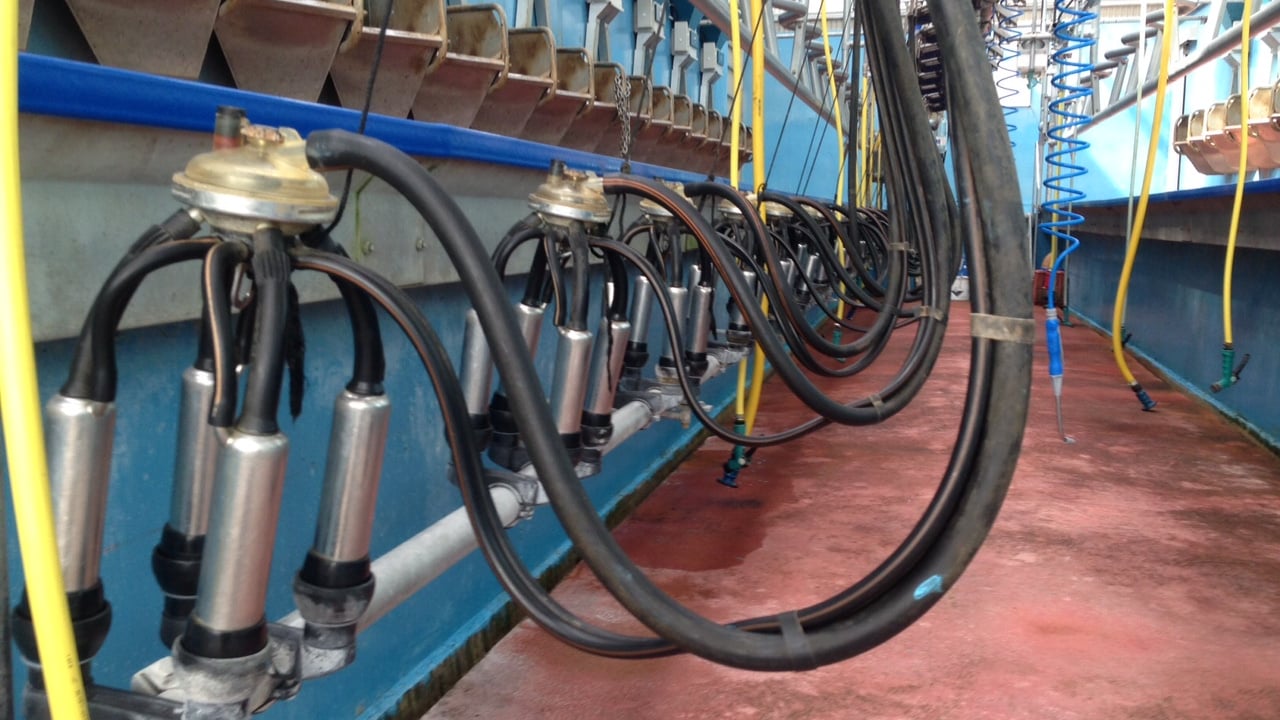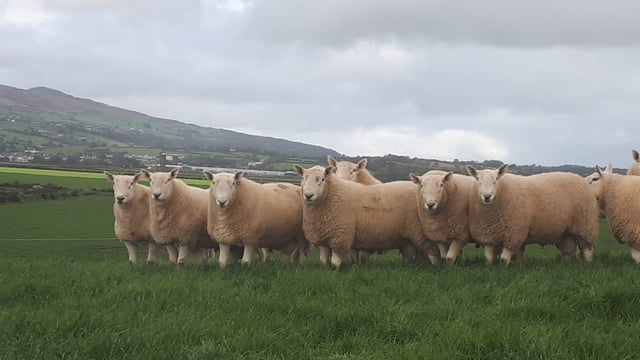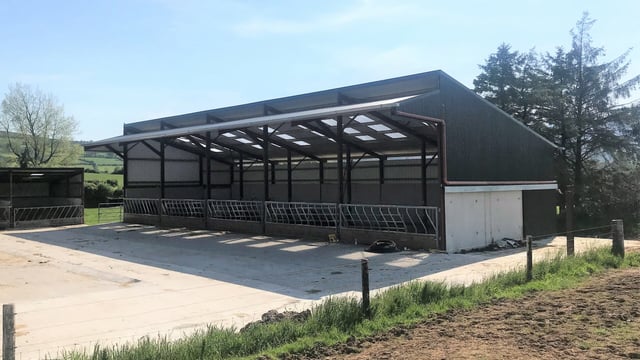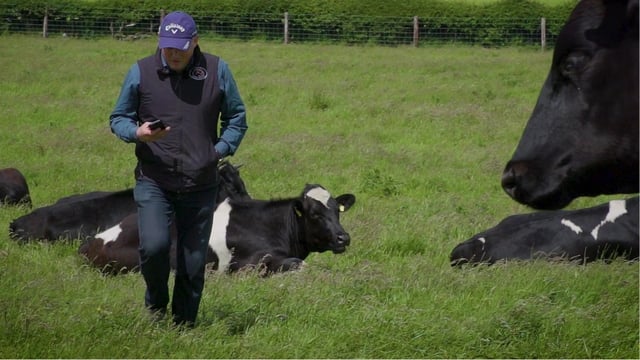Don't turn a blind eye to high SCC cows
Turning a blind eye to a cow with a high somatic cell count (SCC) could prove to be a very costly exercise, according to Animal Health Ireland (AHI).
While maximising production and selling as much milk as possible may be a priority this autumn, a focus must also be placed on tackling SCC problems.
In the latest addition of Teagasc’s dairy advisory newsletter, AHI outlines a number of steps and practices farmers can undertake.
Know the culprits
Farmers are advised to milk record the whole herd now. Any cow with an SCC >200,000 cells/ml is likely to have at least one infected quarter.
Minimise the spread of infection
After a high SCC cow is milked, the bacteria from the infected quarter can be detected on the liner of that cluster for up to six milkings, AHI says.
With this, high SCC cows should be marked and milked last to minimise disease spread. If it is not possible to run them as a separate herd, hold them back and milk them as the last row. This will prevent them infecting other cows.
Good hygiene during milking and a good milking routine are also essential to prevent the spread of bacteria.
Deal with problem cows now
AHI says that treating high SCC cows is not always appropriate or recommended. Remember that cure rates can range from 20% to 80% depending on various factors such as: the bacteria involved; the duration of infection; and the cow’s lactation number.
With these cases, the organisation recommends discussing a treatment plan with your vet.
Removing the source of infection
AHI also has some advice when it comes to removing the source of the infection, including:
- Drying off individual quarters will prevent the spread of infection and the impact that these cows have on your bulk tank SCC;
- Use a California milk test (CMT) to identify the problem quarter and simply stop milking it; do not use a dry cow tube;
- Alternatively, dry the cows off early, particularly if she is a candidate that would benefit from a longer dry period;
- Discuss an appropriate dry cow treatment with your vet;
- Finally, sometimes you need to just cut your losses – consider culling if the cow is a repeat offender (has had a high SCC in two consecutive lactations).





